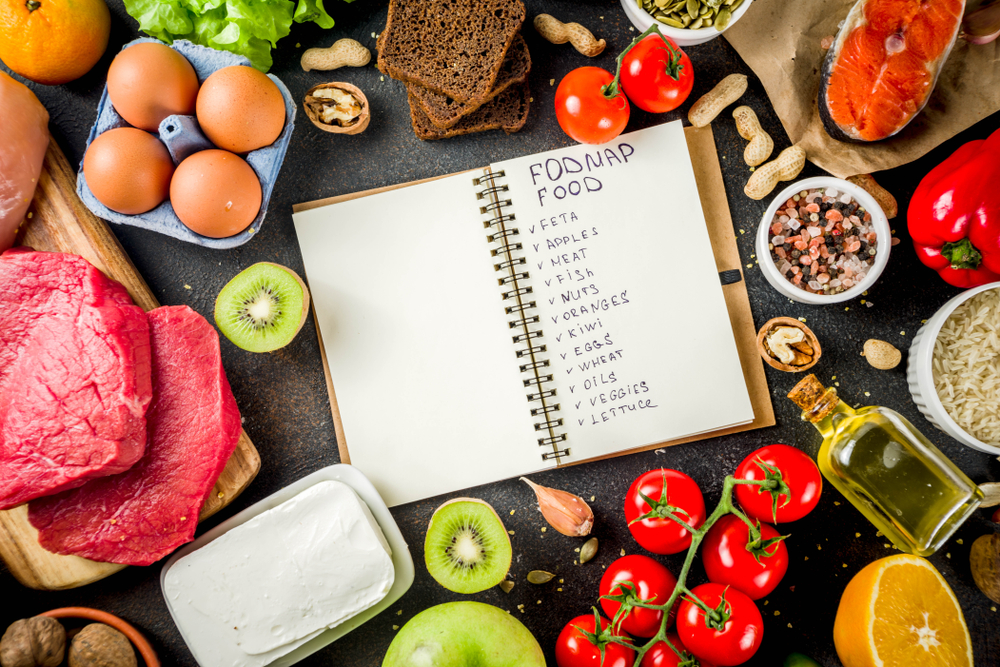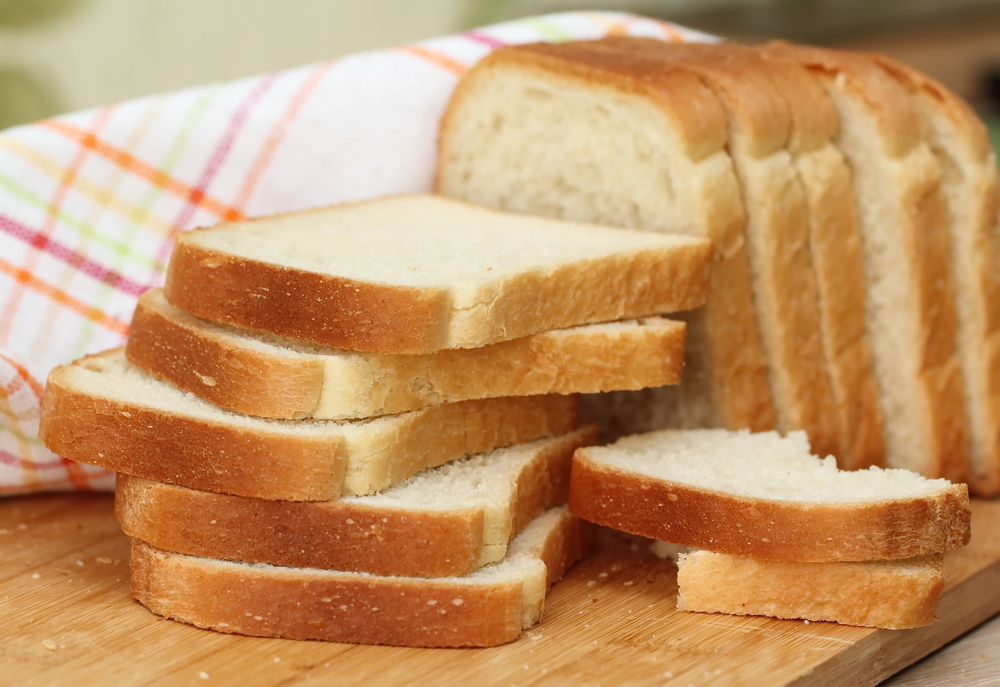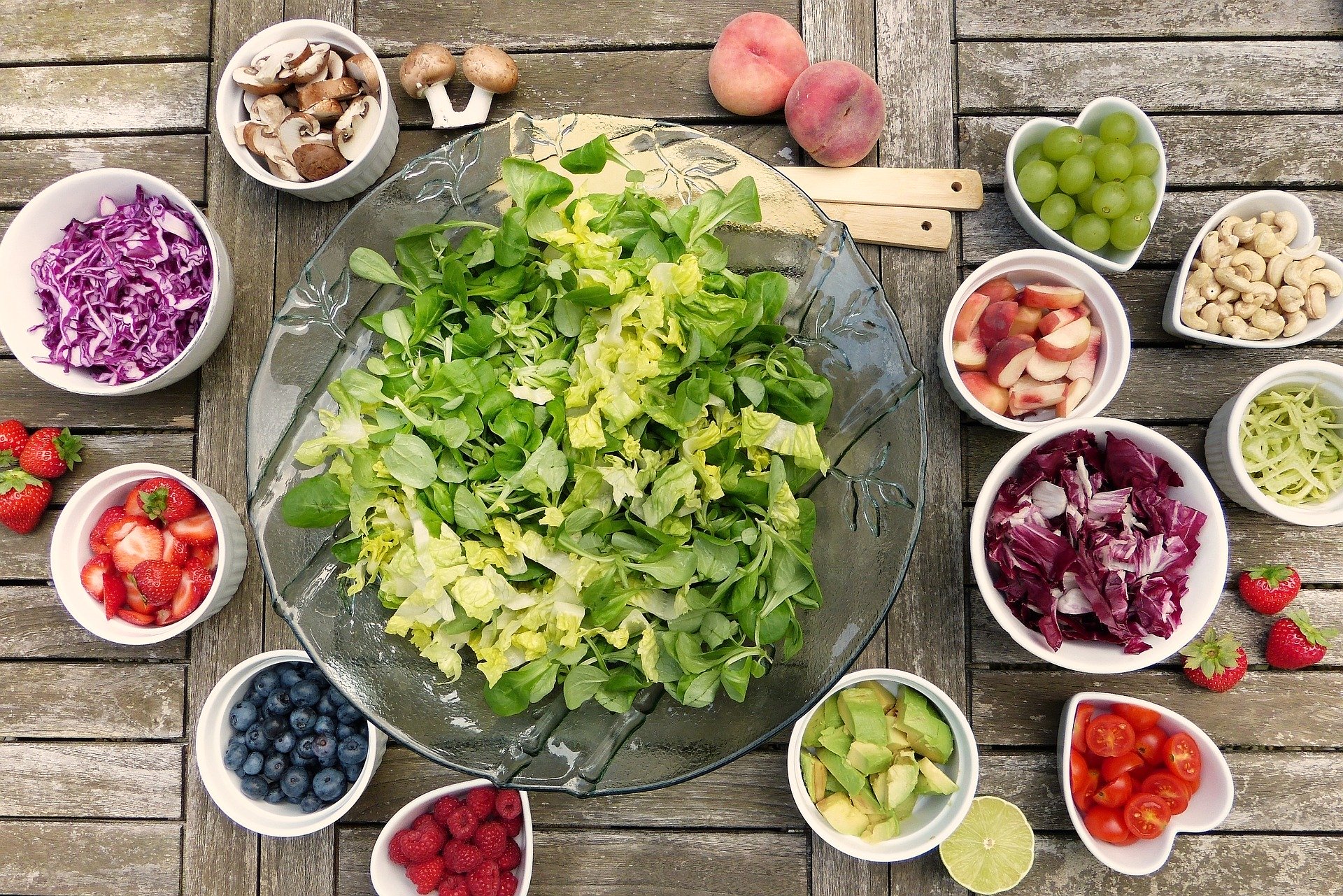DASH (Dietary Approaches to Stop Hypertension) is not actually a weight loss program, and primarily focuses on healthy food choices and sodium reduction for the purpose of decreasing risks of high blood pressure and hypertension. It stresses particular portion sizes from a standard range of foods. Its calorie guideline is 2,000 calories per day, which may be too many calories for people trying to lose weight or seeking a lifelong weight management solution. If you like the DASH diet style of eating but hope to lose weight long term, you’ll probably need a program like Noom to help you approach it in the most balanced way possible.
With DASH you choose from two daily sodium limits: 2,300 mg or 1,500 mg. Both reduce sodium from the typical 3,400 mg consumed daily by the average American. While reducing sodium, DASH plays up foods that introduce other minerals, like potassium, calcium, and magnesium that also help lower and prevent high blood pressure.
Following either sodium level, the DASH diet operates identically on all other counts and includes fruits, vegetables, low-fat dairy, whole grains, nuts, seeds, legumes, fish, and poultry. DASH cautions against overconsumption of fats, sugar, and red meat.
Here’s a breakdown of daily allowances:
Grains: 6 to 8 servings per day
DASH includes whole grain breads, pastas, and cereal. When it comes to rice, opt for brown rather than white. Examples of proper amounts would be one slice of whole wheat bread, an ounce of dry cereal, or 1/2 cup of cooked cereal, rice, quinoa, farro, or pasta. Whole grains are lower in fat and higher in fiber than refined grains.

Vegetables: 4 to 5 servings per day
With DASH you should have four to five servings of veggies per day. Vegetables are an important provider of the fiber, vitamins, and minerals your body needs. Two cups of raw leafy greens or 1/2 cup of frozen vegetable medley are just a couple of examples of single serving sizes that can help you begin to incorporate the appropriate amount of veggies into your diet. Stir fries, salads, and soups are also a great way to combine various veggies with small amounts of grains and proteins for a healthy, well-balanced DASH meal.

Fruit: 4 to 5 servings per day
When it comes to fruit on DASH, you’ll need about four to five servings per day. Fruit doesn’t require a lot of preparation and can easily be taken on-the-go for healthy meals and snacks. They are mostly low in fat (with the exception of coconuts and avocados) and are a good source of nutrients. An apple, a half-cup of berries, or a half-cup cup of chopped mango count as examples of single servings of fruit on the DASH diet.

Low-fat dairy: 2 to 3 servings per day
Your dairy consumption should be about two to three servings per day and include low fat milks, yogurts, and cheeses. This is where you’ll get a good amount of your calcium, vitamin D, and protein. Low fat and fat free dairy items will help you skirt saturated fat consumption. To give you an idea of serving sizes, stick to one cup for yogurts and milks, whereas cheese serving sizes should be only about 1.5 ounces.

Protein: 6 servings per day
Consume six one-ounce servings per day of protein on DASH. Choose from lean meats, poultry, fish, tempeh, tofu, and eggs. Each are rich sources of protein but avoid frying your proteins and instead opt for baking, broiling, and grilling. Keep in mind a typical serving of salmon or chicken can range from three to four ounces, so if you’re having meat, chicken, or fish for lunch and dinner, you’d have maxed out your six serving allowance of this food group in two meals.

Oils and fats: 2 to 3 servings per day
In small quantities (as in two to three servings per day), fat is great for vitamin absorption and supports the immune system. However, an overconsumption of fat increases your risk of heart disease, diabetes, and obesity. One-serving examples include one teaspoon of margarine, two tablespoons of olive oil in cooking, one tablespoon of mayonnaise, or two tablespoons of salad dressing.

Nuts, seeds, and legumes: 4 to 5 times per week
Nuts, seeds, and legumes are allowed on DASH but only four or five times per week (in small servings) because of their high calorie content. Almonds, seed butters and nut butters, sunflower seeds, kidney beans, peas, lentils and other similar foods are good as occasional snack options and recipe ingredients throughout the week. Single serving examples include 1/3 cup nuts, two tablespoons of a seed or nut butter, and a 1/2 cup cooked beans or peas.

Sugar and sweets: 5 times (or less) per week
Desserts and other sweets are allowed five times or fewer per week in small amounts. You don’t have to eliminate sweets completely on the DASH diet, but it’s best to eat them sparingly. One-serving examples include a tablespoon of sugar, jelly, or jam, a half cup of sorbet, or one cup of lemonade. More importantly, be mindful of adding sugar and sugary creamers to coffee and teas. This common habit is often overlooked but will max out your sugar allowance within the first four or five days of the week! On DASH, it’s probably best to get your dessert and sugar fix through the generous fruit serving allowances than most refined sugar options.

DASH diet and weight loss
Even though the DASH diet is not a weight-loss program, you may find initially that you lose some weight because it’s big on healthy, whole foods that are likely to have transformative effects on the way you look and feel. But if you’re trying to lose weight permanently and desire a long term solution for weight management that includes a method similar to DASH, you’ll need Noom’s help.
Remember – diets generally don’t work for sustainable weight loss. So expecting a diet that is designed for other medical reasons to work for weight loss just isn’t realistic. Get your free assessment on Noom today and begin losing weight and keeping it off with a program that is tailored to your dietary needs and customized to your lifestyle!









